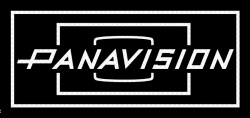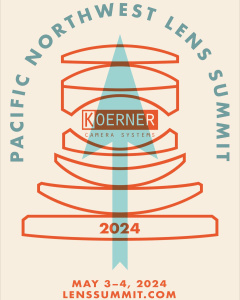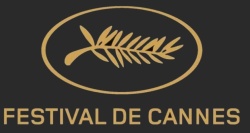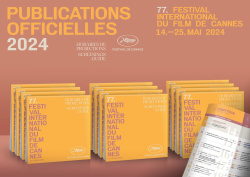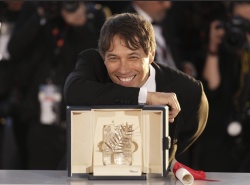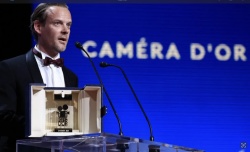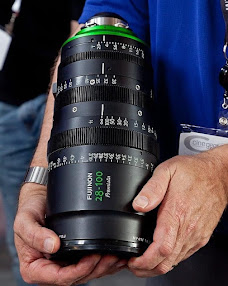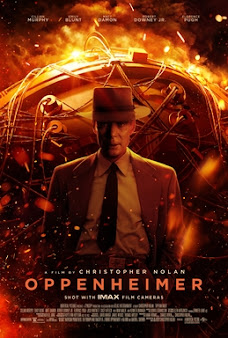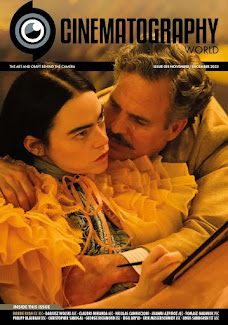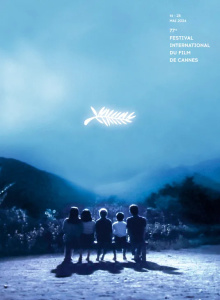The first prototype of the Quasar was introduced just a little more than a year ago at NAB 2009. Additional demos followed, and the first production version was unveiled last September at IBC. Afterwards, that model was shipped to Panavision UK. The initial production run of 20 rigs followed, providing inventory for production companies including City Productions in Mexico City and Evergreen Films in Los Angeles, as well as rental houses such as Keslow Camera in LA and OffHollywood in New York.
The first live high profile application of the Quasar technology occurred in February, when the rigs were used by production company Inition for 3D coverage of the Six Nations rugby championship. “That was a great test for the system,” Pizzo relates. “It was in the UK and we were able to send one technician from LA, 10 days before the event. He worked with the local technicians – many of whom were seeing the rig for the first time -- to get the system prepped and running.”
The next event required only three prep days. “We were starting to realise that it was possible to do 3D with a lot less technical support than a lot of productions were used to, where traditionally you have two or three specialised technicians, per system,” Pizzo explains. “We’d also been trying to create a system that could be rented by a regular crew. For 3D to be adopted world-wide, the cost needs to come down and workflow needs to be close to a standard 2D workflow.”
Both had an eye on Element Technica from the start, and Humphreys approached the rig maker to see if they might be able to support an event like the World Cup. Says Pizzo: “At that point we were well into our second production run of 40 units, so we knew that there was plenty of equipment.”
A key criteria in the selection was that major FIFA sponsor Sony was developing a stereo processor box to address 3D in the broadcast environment, and all technologies needed to fit that workflow. “That obviously eliminated some of the usual suspects,” Humphreys explains. “That might sound like a compromise, and it wasn’t in any way, shape or form. It just meant that we had to look for a product that in addition to satisfying all the opto-mechanical performance criteria could work with the Sony MPE200 box. Once you start doing that, in my opinion the choice narrows pretty quickly. The Quasar can be configured in a variety of modes, and at this scale, you want continuity. You want to look for a quality product with a commonality between the rigs. You want to be able to go to one supplier.”
Before awarded the contract to Element Technica, a series of tests at various Europe-based football matches were lensed. The first occurred in February with a French Ligue 1 match in Grenoble shot with one Element Technica Quasar rig and one Sony box. Says Pizzo: “For each test, they would add additional rigs, additional layers of complexity.
“We worked with Sony to integrate its box into our system,” he continues. “The Quasar is now controllable by the Sony box, and this project accelerated our work to open up our system. For instance, you can set interocular and convergence with the Sony box or locally at the rigs. And full metadata information is now available which the Sony box can use for analysis of the two images. With the level of integration through the Quasar and Sony, there is one fibre running from the truck to the rig, so all image data, communications, rig control — everything including power — is now going through a single SMPTE fibre. So required infrastructure is significantly less because of that.”
Currently planned are four positions for Quasar side-by-side configurations: Main camera wide, main camera tight, and goal line left/right. Says Humphreys: “The side by sides are far enough away from the action that they are not likely to converge. There is nothing coming very close. Side by side is used when the position is high looking down, so there are no deep-background elements as opposed to the positions on the pitch where the action (subject) might be 5-20 metres away with deep background elements 50-100 metres. The latter situation needs a smaller IO to keep the divergence of the background from being too severe to watch.”
Four under/thru configurations — completed for use at the World Cup -- will be positioned at bench left/right; and behind the goal left/right. “These were always going to have to be a mirror rig because the action gets close to you,” Humphreys explains. “You have to get cameras closer together than you possibly could on a side by side. The under/thru configuration is also not as high — so you have to think about that for seat-kills [the necessity to remove spectator seats thereby lowering ticket revenue]. The under/thru also allowed us to have a full monitor and controls in the back as normal. Any camera operator could go to the back of the camera and know how it works.”
Adds Pizzo: “The more that we can make 3D rigs a familiar piece of equipment, the easier its adoption is going to be. So for under/thru, the operator is still holding onto the pan handles for the fluid head, and he has a regular camera in front of him.”









